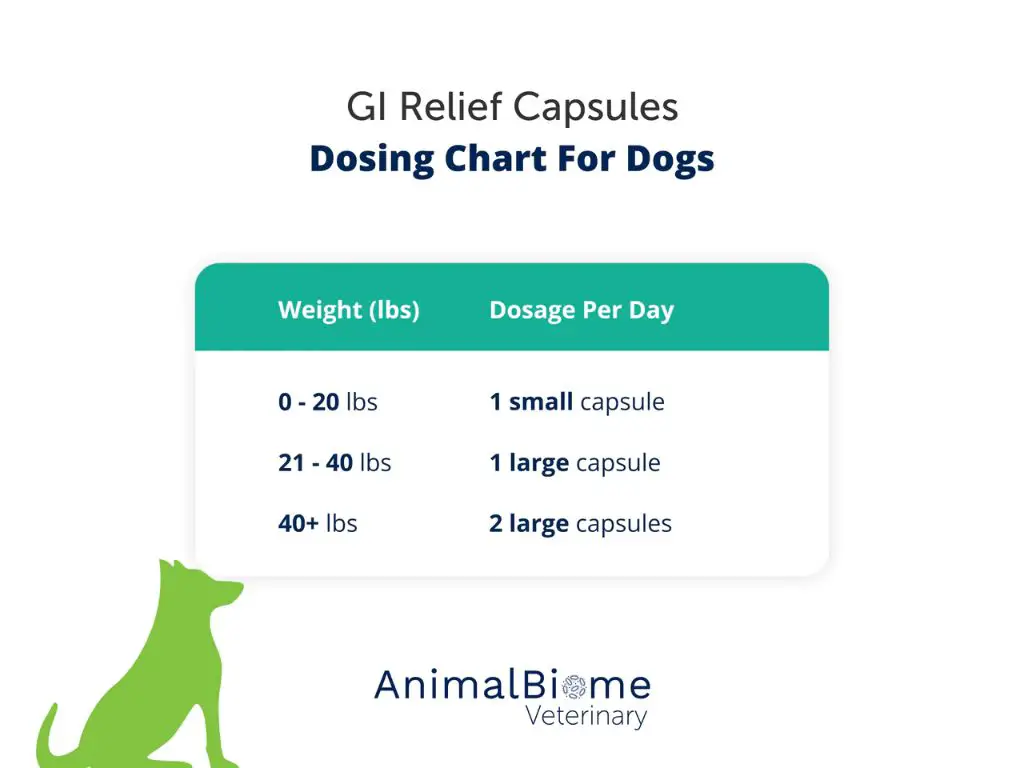Introduction
Zofran (ondansetron) is a medication that is commonly used to prevent vomiting and nausea in dogs. It belongs to a class of drugs called 5-HT3 receptor antagonists which work by blocking serotonin receptors in the brain that trigger the vomiting reflex.
Veterinarians may prescribe zofran for dogs who are experiencing nausea and vomiting due to a variety of causes including:
- Motion sickness
- Chemotherapy
- Anesthesia recovery
- Ingestion of toxins
- Gastrointestinal issues
By controlling nausea and vomiting, zofran can provide comfort to dogs and prevent further medical complications. When used appropriately under veterinary supervision, it offers an effective way to manage these symptoms in canine patients.
Zofran Overview

Zofran (ondansetron) is a medication that helps prevent nausea and vomiting. It belongs to a class of drugs called 5-HT3 receptor antagonists that work by blocking serotonin receptors in the brain and stomach. By inhibiting these receptors, Zofran stops nausea and vomiting signals from reaching the vomiting center in the brain. It is frequently prescribed to prevent vomiting caused by motion sickness, surgery, radiation therapy, and chemotherapy.
In dogs, Zofran is often used for nausea associated with motion sickness, such as during car rides. It may also be used alongside medications like opioids that can cause nausea as a side effect. By controlling nausea, Zofran improves appetite and prevents the adverse effects of vomiting in dogs.
Uses of Zofran in Dogs
Zofran is most commonly prescribed to dogs for the prevention and treatment of nausea and vomiting. The main uses of Zofran in canines include:
- Nausea and vomiting – Zofran is highly effective at controlling nausea and vomiting in dogs. It works by blocking serotonin receptors in the brain that trigger nausea and vomiting.
- Motion sickness – Zofran can provide relief from motion sickness and associated vomiting in dogs. It’s often prescribed for car sick dogs to prevent vomiting during travel.
- Post-surgery/anesthesia – Zofran is routinely used in dogs after surgery and anesthesia to control postoperative nausea and vomiting.
- Gastroenteritis – Zofran may be prescribed short-term for cases of gastroenteritis and diarrhea in dogs to control associated vomiting and nausea.
- Radiation therapy – Dogs undergoing radiation therapy are given Zofran to prevent nausea and vomiting, which are common side effects.
- Chemotherapy – Chemotherapy drugs frequently cause nausea and vomiting, so Zofran is used as an antiemetic for dogs undergoing chemotherapy.
By blocking serotonin receptors, Zofran stops signals to the brain that trigger nausea and vomiting. This makes it a highly effective medication for controlling these symptoms in dogs.
Zofran Dosage Guidelines

Veterinarians typically recommend the following dosages of Zofran for dogs based on their weight:
-
2-4 lbs: 0.5 mg orally 2-3 times daily
-
5-9 lbs: 1 mg orally 2-3 times daily
-
10-24 lbs: 2 mg orally 2-3 times daily
-
25-49 lbs: 4 mg orally 2-3 times daily
-
50-99 lbs: 8 mg orally 2-3 times daily
-
Over 100 lbs: 8 mg orally 2-3 times daily
These dosage ranges serve as general guidelines only. The exact dosage should be determined by a veterinarian based on the dog’s health status and response to treatment.
Calculating the Dose
When giving Zofran to dogs, the dose is calculated based on the dog’s weight. The general dosage is 0.5 – 1 mg per pound (1-2 mg/kg) given 2-3 times per day. Here is how to determine the proper dose based on your dog’s weight:
1. Weigh your dog in pounds. Let’s say your dog weighs 20 pounds.
2. Multiply your dog’s weight by the low end of the dosage range. For a 20 lb dog, that would be 20 lbs x 0.5 mg/lb = 10 mg per dose.
3. To be conservative, round down to the nearest whole number. So for our 20 lb dog, round 10 mg down to 8 mg per dose.
4. Give this dose 2-3 times throughout the day, at least 30 minutes before meals. For example, give 8 mg in the morning, 8 mg in the afternoon, and 8 mg in the evening.
5. Monitor your dog’s response and adjust the dosage as needed. You can increase up to 1 mg per pound (2 mg/kg) if nausea persists after initial dosing.
Using this method allows you to customize the Zofran dose based on your dog’s unique weight and response to the medication. Start low, go slow, and adjust as needed for maximum safety and efficacy.
Administering Zofran
Zofran can be administered to dogs in different ways depending on the formulation prescribed by your veterinarian. The three main methods are:

Oral
The most common way to give Zofran is orally in tablet, capsule, or liquid form. Tablets and capsules should be given with food to increase absorption. The liquid form can be given directly into the mouth or mixed with food.
Intravenous (IV)
Zofran can also be administered intravenously by a veterinarian, usually when quick relief of nausea is needed. The effects are seen within minutes after IV administration.
Timing with Meals
It’s generally recommended to give Zofran around 30 minutes before meals. This helps prevent nausea and vomiting that may occur with eating. Some vets may advise giving it right before or after meals instead depending on the dog.
Follow your veterinarian’s specific instructions on when and how to give Zofran to your dog. Be sure to give the medication as prescribed to get the full benefits.
Side Effects
Zofran generally has minimal side effects in dogs when used as directed. However, as with all medications, some dogs may experience adverse effects.
The most common side effects of Zofran in dogs include:
-
Diarrhea – Since Zofran slows down the movement of substances through the gastrointestinal tract, some dogs may get diarrhea as a result. The diarrhea is typically mild but can cause dehydration if severe.
-
Constipation – Constipation is another possible side effect, as Zofran can slow down the motility of the GI tract. Drink plenty of water and monitor your dog’s bowel movements.
Less common side effects include:
-
Loss of appetite
-
Lethargy or weakness
-
Restlessness
In most cases, side effects are transient and resolve once the course of Zofran is complete. If any worrisome or persistent side effects occur, discontinue Zofran and notify your veterinarian.
Precautions
Zofran is considered a safe medication for treating nausea and vomiting in dogs when used appropriately. However, there are some precautions to keep in mind.
Do not give Zofran to dogs who:
- Have a known hypersensitivity or allergy to ondansetron
- Have congenital long QT syndrome, an abnormal heart rhythm
- Are taking medications that interact with Zofran and can increase the risk of QT prolongation, like certain antiarrhythmics, antibiotics, antidepressants, and antipsychotics. Always consult your veterinarian before using Zofran with any other medications.
Zofran should be used with caution in dogs with pre-existing QT interval prolongation or electrolyte abnormalities. An ECG may be recommended before starting Zofran in some dogs.
Avoid using Zofran in pregnant or lactating dogs, as the effects on unborn puppies or nursing puppies is unknown.
Zofran can potentially cause side effects like sedation, agitation, headache, and constipation. Seek veterinary guidance if any worrisome side effects develop.
Overdose Risks

Just like in humans, it’s possible for dogs to overdose on Zofran if they receive excessive amounts. Some signs of Zofran overdose in dogs include:
- Vomiting
- Diarrhea
- Loss of appetite
- Lethargy
- Agitation
- Tremors
- Seizures
If you suspect your dog has overdosed on Zofran, contact your veterinarian or an emergency vet clinic right away. Be prepared to provide details on when and how much Zofran was given. Depending on the dosage and your dog’s size, the vet may recommend inducing vomiting, stomach flushing, or administering medication to counteract the Zofran.
Closely monitor your dog for the next 24 hours for any concerning symptoms. With prompt veterinary treatment, most dogs fully recover from Zofran overdose. Going forward, be very careful to calculate and measure doses properly.
Conclusion
In summary, Zofran can be an effective treatment for dogs experiencing nausea and vomiting, when prescribed by a veterinarian. The appropriate dosage is based on the dog’s weight and factors like severity of symptoms and other medical conditions. While helpful for many dogs, Zofran does have potential side effects to be aware of. It’s important to follow your vet’s dosage instructions closely and monitor your dog after administration.
As with any medication, oversight and guidance from your veterinarian is crucial when giving Zofran to dogs. Never administer Zofran or calculate dosages on your own. Your vet will ensure proper use of this medication for your dog’s individual needs and health status. With your vet’s supervision, Zofran can provide much needed relief from vomiting and nausea in dogs.